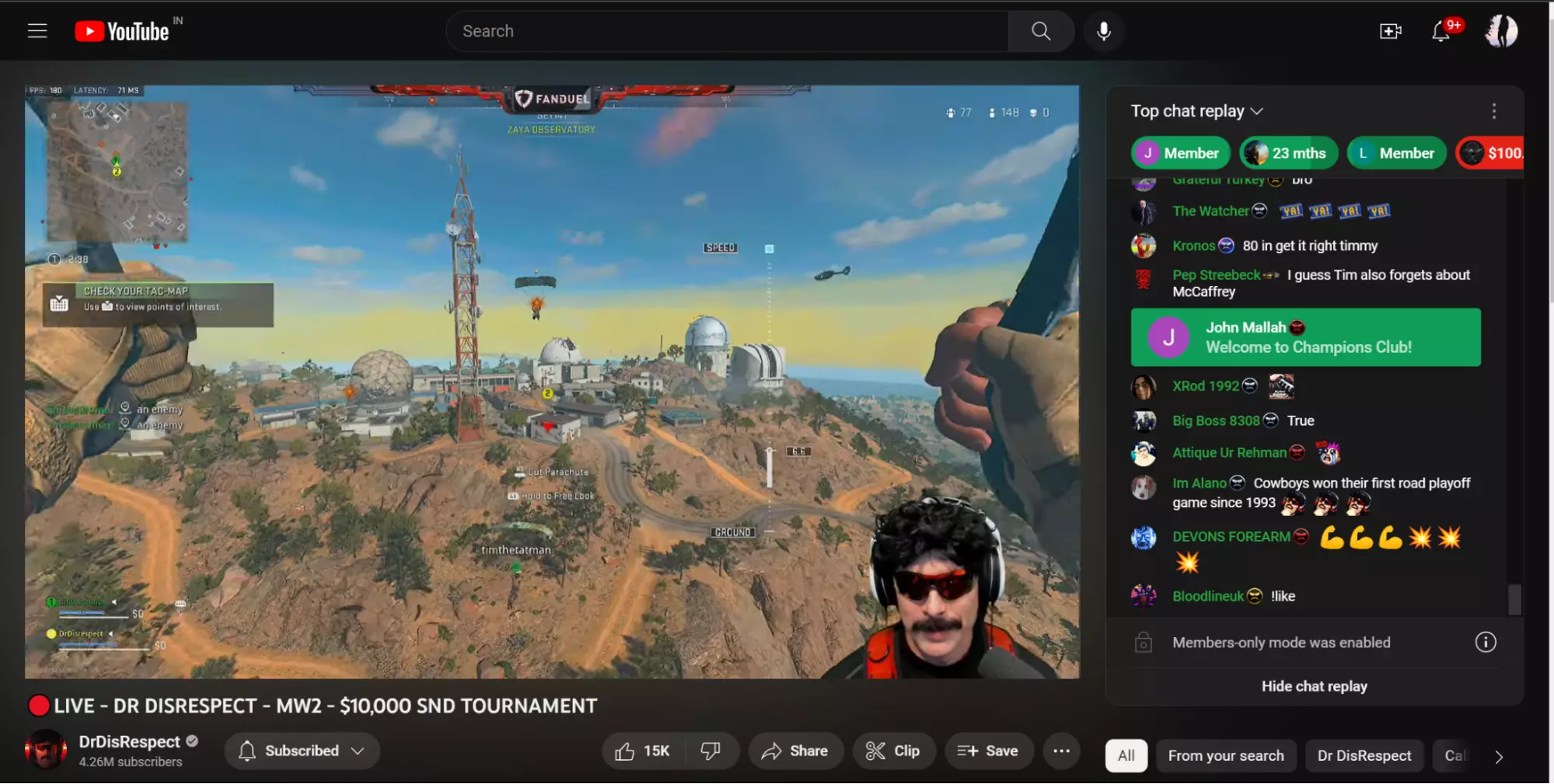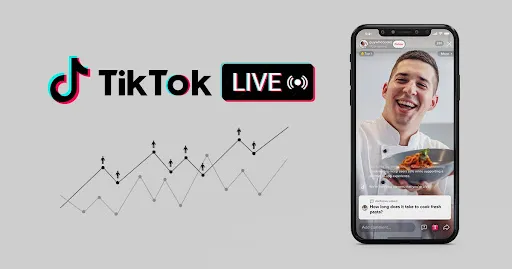More about it:
Live streaming can be a valuable tool for businesses and marketers on social media platforms to increase brand awareness, engage with customers, showcase products, collaborate with influencers, cover events, provide customer service, and is cost-effective. It also provides analytics and metrics to understand the audience better and optimize the content for better results.
It creates a sense of community and connection between the streamer and the audience, expands the streamer’s reach, provides an authentic and relatable experience, and presents revenue opportunities.
Dr disrespect is a famous streamer and a great example of creating excitement and a supportive community for promoting oneself and personal brand by using live streaming on social media. He is one of the most famous streamers worldwide, and he has gained fame through playing games on live streaming and building connection with his audience.



